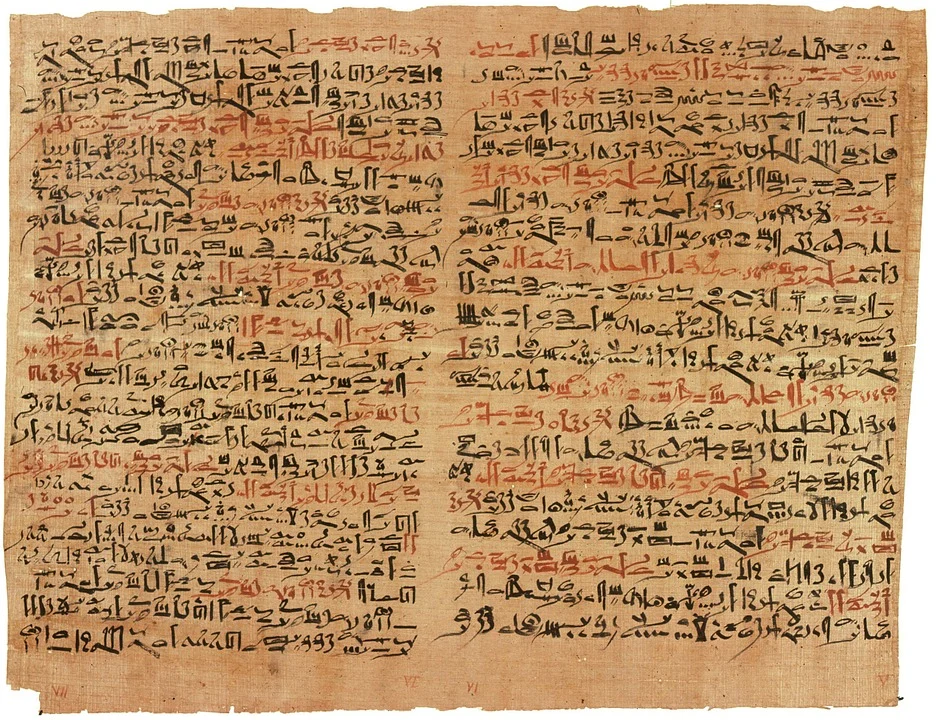
This article focuses on the Semiotic and Rhetorical analyses of the Decalogue from the perspective of solidarity with the oppressed. I will also discuss the context in which it was written and where it is located in space. I hope to raise some critical questions about ancient texts, which can assist historians and biblical scholars alike. Read on to learn more. And remember that the study of ancient texts does not necessarily require a specialized background.
Semiotic analysis
The semiotic analysis of ancient texts relies on a framework of binary and polar oppositions, called paradigms. These are seen as ‘deep structures’ of the texts, which can vary in their expressiveness and interpretive scope. In the structuralist model, signs are grouped into categories according to their connotation. A semiotic code can be loose or tight. The term “code” is also applied to media texts.
Cultural semiotics can be categorized into case-in-point and global studies. The former studies how signifying order is implanted in meaning structures and how it produces meanings. It involves the study of interconnections among languages and signifying systems and the relation between them. It is also referred to as intertextual or cultural semiotic analysis. The first two subsets are described below. The latter refers to the cultural context in which texts were created.
Rhetorical analysis
Traditional rhetorical analysis limits the focus of its resources to the time of reading. It does not programmatically investigate times prior to reading; instead, interpreters evaluate texts in terms of their persuasive power and reenact categories of tradition and authority. This approach is problematic in many ways. To overcome this problem, modern rhetorical scholars have begun to incorporate different approaches into their analysis of ancient texts. Here are some examples.
First, scholars need to acquire a basic understanding of the field. Rhetorical analysis is often the focus of a scholarly project, such as the study of ancient texts. But there is much more to rhetoric than just reading texts. Scholars who study the rhetorical process are better equipped to analyze texts that have been written thousands of years ago. For example, scholars can use rhetoric to understand the contexts of ancient texts.
Understanding the Decalogue
The first chapter of Exodus 20:1 begins the Decalogue. Although the Decalogue does not specifically identify its audience, it is often assumed to be a general message addressed to the whole assembly, rather than to a particular person or group. The commandments themselves are pronounced in the second person singular, and do not appear to be localized. Despite their apparent locality, the commandments have an impact on all humans.
The Israelites are soon reminded of the consequences of failing to honor their parents. Two of the capital offenses are striking and cursing. While there is no specific law requiring an individual to act in such a way, the Decalogue aims to instill a settled attitude. The commandment against adultery is the exception to the rule, but it should not be interpreted as a strict prohibition against sexual activity.
Understanding the Decalogue in a context of solidarity with the oppressed
Despite a variety of linguistic and exegetical approaches to understanding the Decalogue, the daka’ of psalms 9 and 10 often connects oppression with poverty. In psalm 9, the Pharisees refer to tax collectors as sinners, and in verse 9 they are called the stronghold of the poor and oppressed. The Pharisees amalgamated this term into one. The impoverished, meanwhile, are given special privileges in the kingdom of God.
In Deuteronomy 23, the word “oppression” is a term that refers to the re-enslavement of escaped slaves. This practice was common in the ancient Near East and was even condemned in the Code of Hammurabi. In the United States, the Dred Scott Decision did not protect the rights of escaped slaves and was one of the causes of the Civil War.